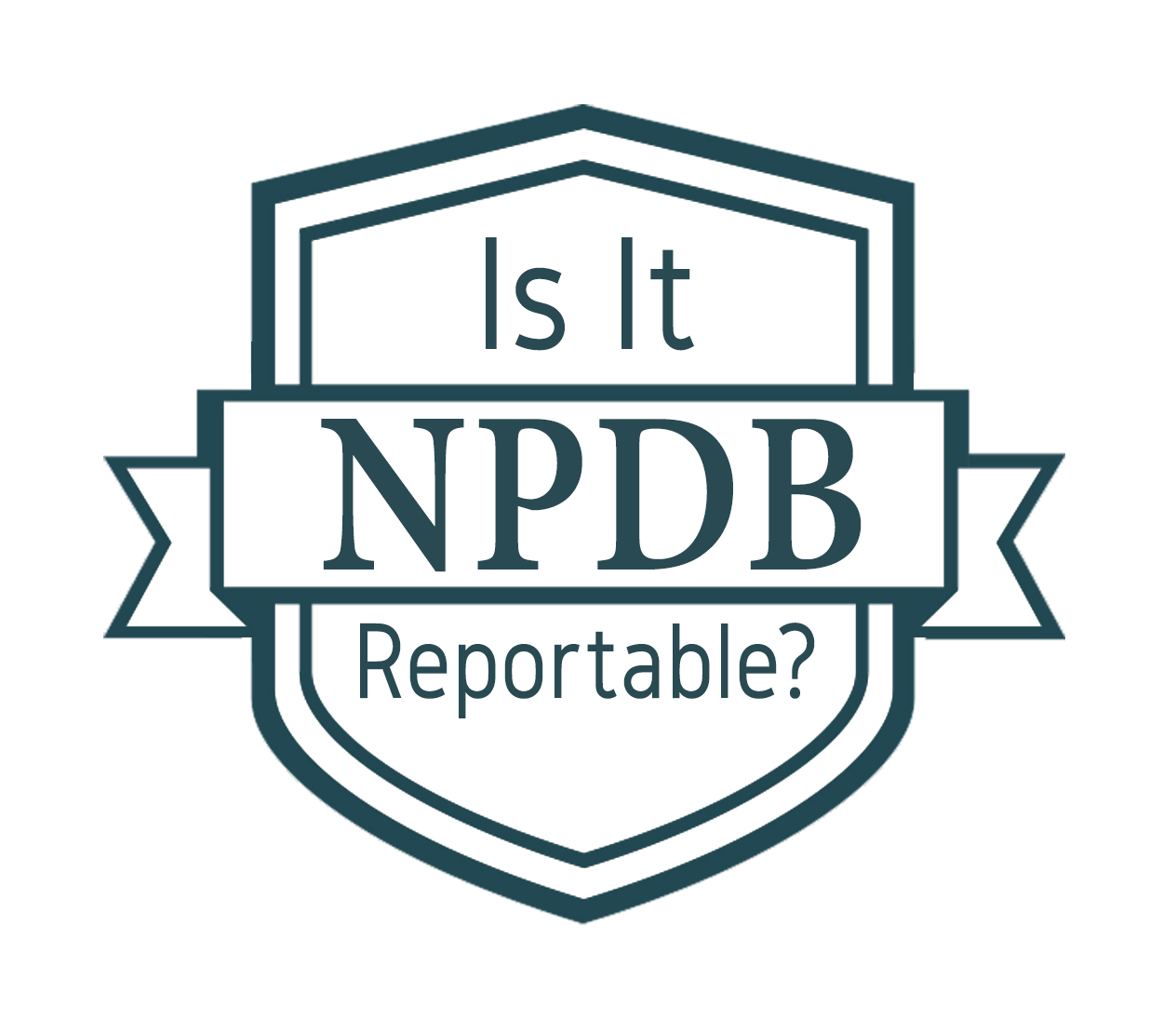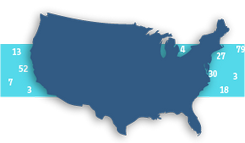NPDB Insights - April 2019

Is It Reportable?
A hospital suspended a physician's clinical privileges for 45 days for failing to complete medical records. Should this action be reported to the NPDB?
A hospital must report the suspension if the suspension is a result of a professional review action and the hospital determines that the failure to complete medical records is related to the physician's professional competence or conduct and adversely affects or could adversely affect a patient's health or welfare. If the suspension of the practitioner's clinical privileges is the result of an automatic or administrative action, and not the result of a professional review action, the suspension should not be reported.
Annual Update: Overview of 2018 Data and Resources

We updated several public resources in the past year:
- The NPDB's publicly-available data tools, the Public Use Data File (PUF) and Data Analysis Tool (DAT), have been updated to now include data from 1990-2018. Going forward, the DAT, formerly updated annually, will be updated quarterly with the PUF.
- We updated our timeline to highlight important events from last year.
- To clarify the difference between centralized and decentralized credentialing, we created a new infographic.
- In October, we released an updated Guidebook that provides additional clarification of policy guidance on several items.
Why You Should Write a Detailed Narrative When Submitting a Report

Including a detailed narrative provides depth and nuance to reports to assist organizations in making critical hiring and credentialing decisions. The narrative of events helps contextualize the situation and gives organizations a more complete picture of what occurred. Your narrative should include official findings of the action taken, descriptions of the circumstances leading up to the action, and the facts of the case.
Compare the following narrative examples for a clinical privileges action:
| Scenario #1 | Scenario #2 |
|---|---|
| The practitioner was suspended. | The practitioner's clinical privileges were suspended on March 12th based on concerns about the practitioner's professional conduct, clinical competency, and judgment. The practitioner chronically failed to complete medical records and patient charts, and a medical error occurred due to the practitioner not completing medical records on time. The hearing committee upheld the decision to suspend the practitioner. The executive committee accepted the recommendation and finalized the decision to suspend the practitioner. It came to the conclusion that the practitioner's conduct did adversely impact patient care. |
Based on the first narrative, organizations wouldn't know why the hospital suspended the practitioner other than the affiliated basis for action. In the second example, the reporter informs organizations of multiple concerns about the practitioner. The report also clearly states the procedures followed and the facts of the case.
To learn more about narrative requirements, visit the Submitting a Narrative page and the Guidebook: Chapter E.
Canceling Continuous Query Enrollments

When a practitioner leaves your organization, you are required to cancel their continuous query enrollment. By promptly cancelling the practitioner's enrollment, you avoid receiving information to which you are not entitled and incurring possible penalties.
When you initially enroll a subject, you have the option to set an enrollment end date. This is a great option for temporary employees. If you didn't take advantage of that option, you can still do so by following the steps below and selecting Schedule Cancellation For A Future Date on the Submitter Certification page.
Follow the steps below to cancel continuous queries for practitioners who are no longer with your organization:
- Sign in
- Select Query under Services and then select Cancel Enrollment under Continuous Query Management
- Check the boxes next to the subjects' names for enrollments you need to cancel, then choose Select Subjects
- The list of selected practitioner names will display in the second box, select Continue
- Complete the Submitter Certification page
Remember, once a practitioner leaves your organization you must cancel that practitioner's enrollment immediately. For more continuous query information, visit the Help Center.
The latest updates and resources are available at https://www.npdb.hrsa.gov.
Previous editions of NPDB Insights are available in our archive.
 An official website of the United States government.
An official website of the United States government.

